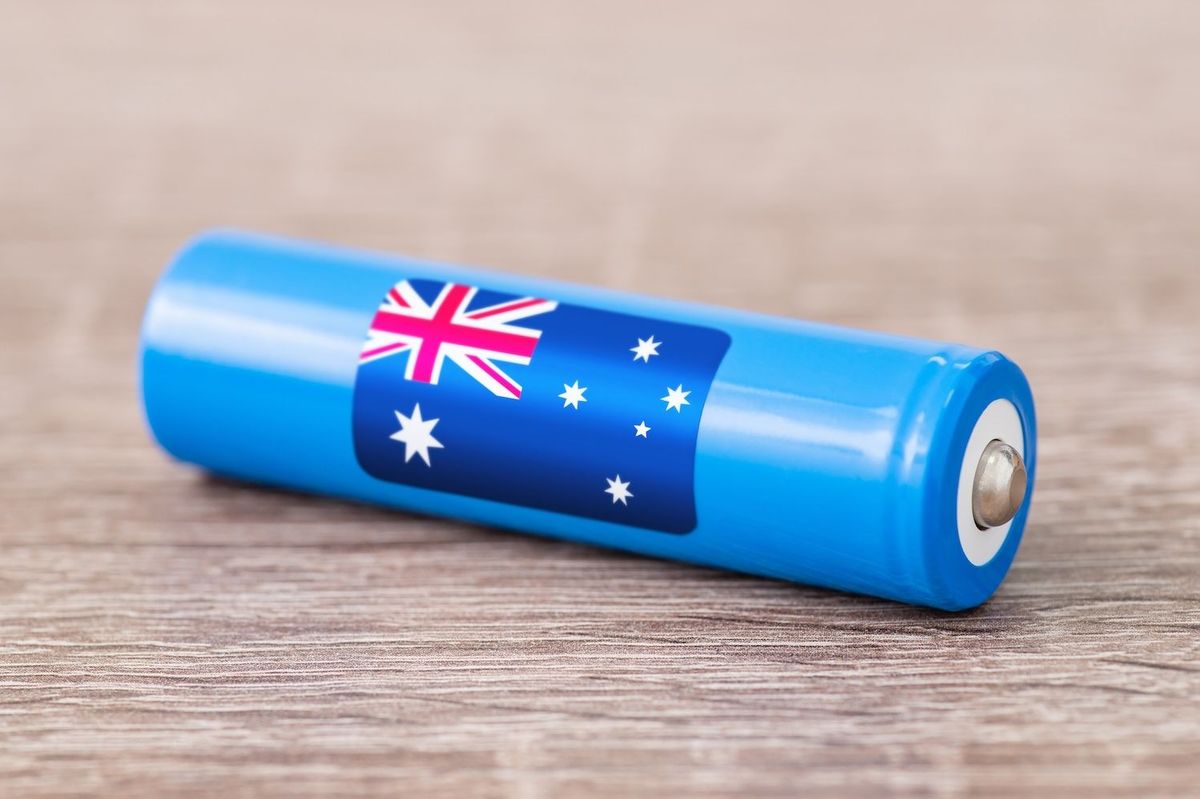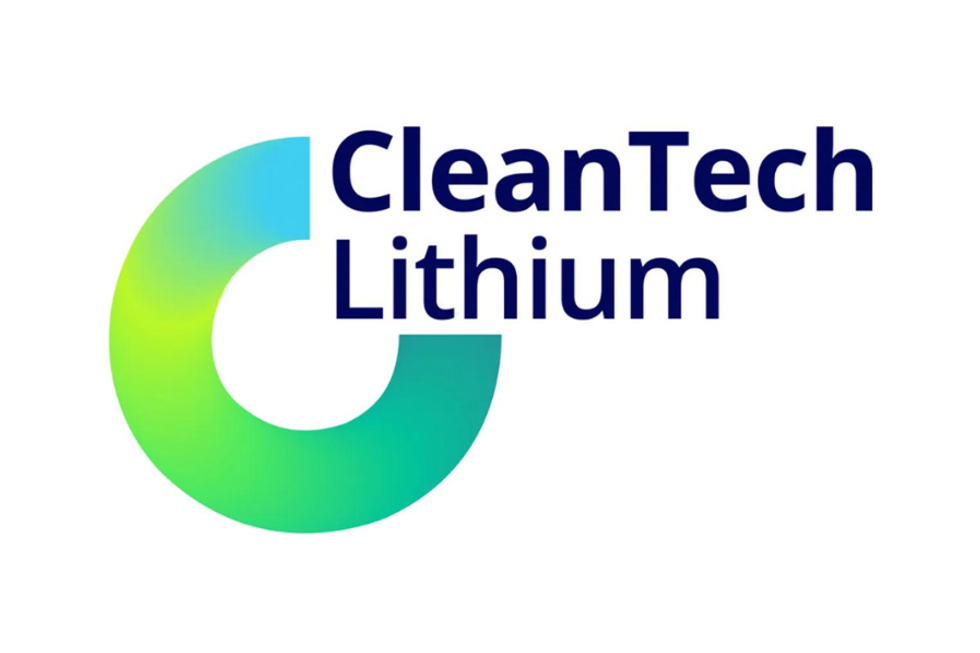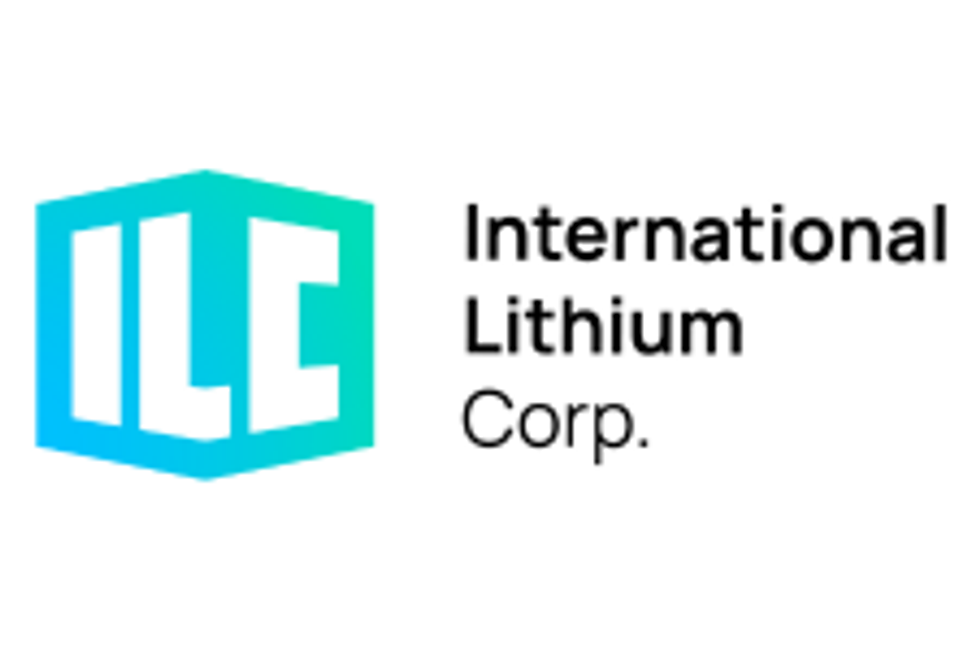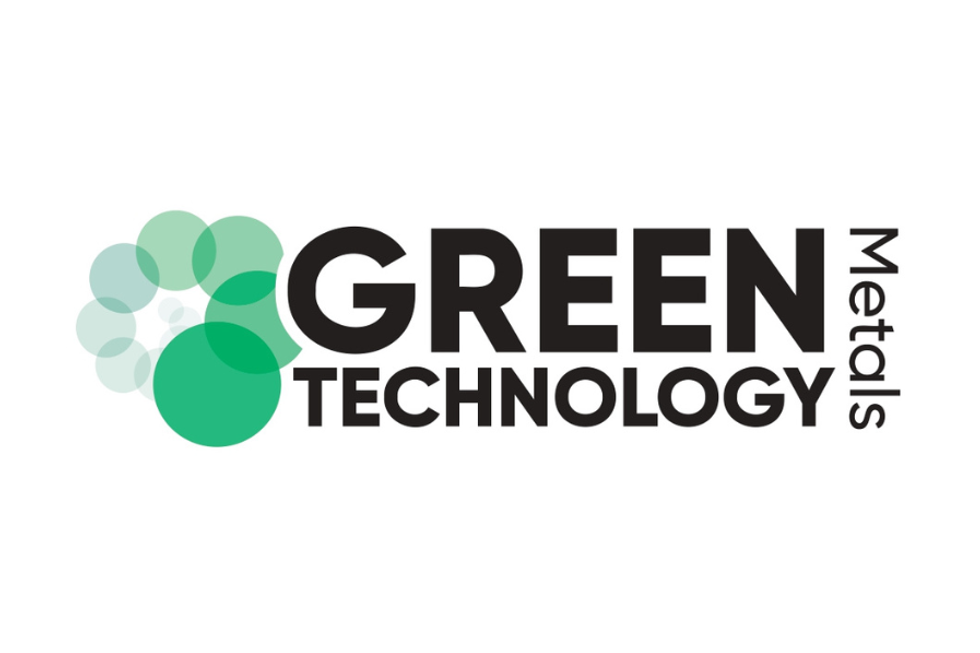5 Best-performing ASX Lithium Stocks of 2025
While oversupply continues to weigh on lithium prices moving into the second half of 2025, these five ASX lithium companies have seen significant gains.

Global demand for lithium presents a significant opportunity for Australia.
Australia remains the world’s largest lithium miner, supplying nearly 30 percent of global production in 2024, though its dominance is waning as other lithium-producing countries like Zimbabwe, Argentina and Brazil scale up output.
This influx of supply has pushed lithium prices to multiyear lows, with battery-grade spodumene trading under US$800/tonne — pressuring even efficient Australian producers to trim output or delay projects.
Still, demand fundamentals for the lithium market remain intact. In 2024, global lithium demand jumped nearly 30 percent to 220,000 tonnes, driven by soaring electric vehicle sales up 35 percent. Market watchers expect a gradual price rebound as high-cost supply exits and demand catches up. For example, Goldman Sachs (NYSE:GS) projects that spodumene prices will rise toward US$1,155 by 2027, with long-term deficits emerging by the end of the decade.
For investors eyeing top ASX lithium stocks, the current environment offers abundant production capacity at discounted valuations, though profitability remains tied to a recovery in global lithium prices.
Below the Investing News Network looks at the top five Australian lithium companies by year-to-date gains. The list below was generated using TradingView’s stock screener on July 23, 2025, and ASX lithium companies with market caps above AU$10 million at that time were considered for inclusion.
1. Jindalee Lithium (ASX:JLL)
Year-to-date gain: 123.26 percent
Market cap: AU$35.94 million
Share price: AU$0.48
Jindalee Lithium is focused on its McDermitt lithium project, located on the Oregon-Nevada border, which it regards as a potential low-cost and long-life lithium source for North America. On April 22, McDermitt became one of the Trump administration's first 10 resource projects to be designated as a Fast-41 transparency project.
The designation is intended to fast track resource projects important to the US critical minerals supply chain. It secures publicly accessible permitting timelines and enhances interagency cooperation for the project.
Shares of Jindalee Lithium spiked to a year-to-date high of AU$0.565 on April 30, the day after the company released it quarterly activities report for the March 2025 period.
On July 10, Jindalee announced a memorandum of understanding with US-based LiChem Operations, which is developing its lithium-refining process for battery-grade lithium.
Jindalee will initially supply LiChem with 100 kilograms of ore from McDermitt for testwork.
If both companies are satisfied with the result, Jindalee will provide up to 20 tonnes of further ore to LiChem in stages. There is also potential for Jindalee to negotiate for a licence to use LiChem's process in place of the sulphuric acid flowsheet from its prefeasibility study.
2. Liontown Resources (ASX:LTR)
Year-to-date gain: 75.47 percent
Market cap: AU$2.34 billion
Share price: AU$0.93
Liontown Resources has two assets in Western Australia, including the Kathleen Valley mine and processing plant. The mine entered open-pit production during H2 2024, and the plant hit commercial production in January 2025.
The firm is currently transitioning from open-pit to underground mining at Kathleen Valley. Underground production stoping kicked off in April of this year, making Kathleen Valley Western Australia’s first underground lithium mine.
Liontown also owns the Buldania lithium project in the Eastern Goldfields province of Western Australia. The project has an initial mineral resource of 15 million tonnes at 1.0 percent lithium oxide.
On June 30, Liontown announced executive leadership changes, appointing Graeme Pettit as interim CFO and Ryan Hair as COO after CFO Jon Latto and COO Adam Smits stepped down from the positions.
The company released its 2025 fiscal year results on July 29, reporting that Kathleen Valley produced over 300,000 wet metric tonnes of spodumene concentrate during its first 11 months of operations.
Shares of Liontown reached a year-to-date high of AU$1.03 on July 21.
3. Anson Resources (ASX:ASN)
Year-to-date gain: 57.14 percent
Market cap: AU$145.61 million
Share price: AU$0.11
Anson Resources is developing its flagship Paradox lithium project and its Green River lithium project, both located in Utah's Paradox Basin. It plans to produce lithium from the projects using direct lithium extraction (DLE).
Anson has been progressing at Green River this year. According to its March quarterly activities report, the company completed a DLE pilot program with Koch Technology Solutions, producing 43,000 gallons of lithium chloride eluate with an average lithium recovery of 98 percent from brine extracted from Green River's Bosydaba #1 well.
A June maiden JORC mineral resource estimate for Green River outlines 103,000 tonnes of contained lithium carbonate equivalent in the indicated and inferred categories based solely on drilling at the Bosydaba #1 well.
The prior month, the company negotiated a lower royalty rate agreement with the Utah government.
On July 1, the company signed a non-binding memorandum of understanding with POSCO Holdings (NYSE:PKX,KRX:005490) to co-develop a DLE demonstration plant at Green River, which POSCO will fully fund.
Anson's share price spiked in mid-July, ultimately climbing to a year-to-date high of AU$0.11 on July 21, following a pair of announcements. On July 14, Anson shipped about 2 tonnes of lithium brine to POSCO in South Korea for test work and due diligence. Two days later, it announced that its polishing system, which is installed at Green River, successfully reduced the minor contaminants from the lithium chloride eluate produced in the KOCH DLE pilot program.
4. Future Battery Minerals (ASX:FBM)
Year-to-date gain: 22.22 percent
Market cap: AU$14.81 million
Share price: AU$0.022
Future Battery Minerals' portfolio includes its flagship Kangaroo Hills lithium project and Miriam lithium-gold project, which are part of its Coolgardie lithium projects in Western Australia's Goldfields region.
It is also exploring its Coolgardie gold projects: Kal North, Burbanks East and Nepean South.
The company said in a March quarterly activities update that it received a program of works for a maiden Phase 1 drilling program at the Miriam project, with one in place for future drilling at Kangaroo Hills. It plans to schedule exploration drilling at the Coolgardie lithium projects once the metal reaches more favourable market conditions.
"In the interim, FBM is focussed on low-cost preservation of the underlying value that exists within its Kangaroo Hills and Miriam lithium tenure,” the company stated.
On May 19, the company confirmed it had acquired the remaining 15 percent interest in the lithium rights at Miriam, as well as all gold and base metal rights. In its June quarterly report, released on July 24, Future Battery Minerals discussed its current focus on gold exploration, stating that a gold-focused review of historical drill data at Miriam "highlighted consistent and continuous gold mineralisation ... over more than 600 metres at the Forrest prospect."
The company completed its gold-focused Phase 1 reverse-circulation drill program at Miriam's Forrest and Canyon prospects on July 22. Shares of Future Battery Minerals reached a year-to-date high of AU$0.029 on July 25.
5. Argosy Minerals (ASX:AGY)
Year-to-date gain: 17.86 percent
Market cap: AU$46.08 million
Share price: AU$0.033
Argosy Minerals is currently focused on advancing its Rincon lithium project in Salta Province, Argentina.
The project spans 2,794 hectares within the Lithium Triangle. Argosy currently holds a 77.5 percent interest in Rincon, with plans to increase to 90 percent through its earn-in agreement. It entered production of battery-grade lithium carbonate in 2024 at its 2,000 tonne per year demonstration facility, but has since suspended operations due to the low lithium price environment. The company continues to advance feasibility for its 12,000 tonne per year expansion.
The project currently holds a JORC total mineral resource estimate of 686,875 tonnes of lithium carbonate.
On June 27, the company announced a lithium carbonate spot sales contract with a Hong Kong-based chemical company for 60 tonnes of 99.5 percent lithium carbonate.
Shares of Argosy surged 79 percent on July 3 to AU$0.034, a move the company attributed in part to the sales contract news, as well as to increasing positive sentiment in the sector.
On July 11, Argosy announced that detailed engineering and feasibility works to develop a 7 kilometre electric transmission line able to supply up to 40 megawatts of energy to Rincon were underway.
Shares of Argosy reached a year-to-date high of AU$0.035 on July 24.
FAQs for investing in lithium
What is lithium?
Lithium is the lightest metal on the periodic table, and it is used in a wide variety of applications, including lithium-ion batteries, pharmaceuticals and industrial applications like glass and steel.
How do lithium-ion batteries work?
Rechargeable lithium-ion batteries work by using the flow of lithium ions in the battery's cell to power a device.
A lithium-ion battery has one or more cells, depending on the amount of energy storage it is capable of, and each cell has a positive electrode and negative electrode with an electrolyte separating them. When the battery is in use, lithium ions flow from the negative electrode to the positive electrode, running out of power once all have transferred. When the battery is charging, ions flow the opposite way.
Where is lithium mined?
Lithium is mined from two types of deposits, hard rock and evaporated brines. Most of the world's lithium production comes out of Australia, which hosts the Greenbushes hard-rock lithium mine. The next-largest producing country is Chile, which like Argentina and Bolivia is located in South America's Lithium Triangle.
Lithium in this famed area comes from evaporated brines, including the Salar de Atacama. Lithium can also be found in sedimentary deposits, but currently none are producing.
Where is lithium found in Australia?
Australia's lithium mines are all located in Western Australia except for one, Core Lithium’s (ASX:CXO,OTC Pink:CXOXF) Finniss mine in the Northern Territory.
Who owns lithium mines in Australia?
Several companies own lithium mines in Australia, including some of the biggest ASX lithium stocks. In addition to the entities discussed above, others include: Pilbara Minerals (ASX:PLS,OTC Pink:PILBF) with its Pilgangoora operations; Jiangxi Ganfeng Lithium (HKEX:0358), which owns the Mount Marion mine alongside Mineral Resources (ASX:MIN); and Tianqi Lithium (SZSE:002466), which is a partial owner of Greenbushes via its stake in operator Talison Lithium.
Who is Australia’s largest lithium producer?
Australia’s largest lithium producer is Albemarle (NYSE:ALB), which has interests in both the Greenbushes and Wodgina hard-rock lithium mines. Greenbushes is the world’s largest lithium mine, and Albemarle holds a 49 percent interest in the mine through the Talison Lithium joint venture.
Albermarle also has 50 percent ownership in the Wodgina mine alongside operator Mineral Resources, and wholly owns the Kemerton lithium hydroxide production facility.
Don’t forget to follow us @INN_Australia for real-time updates!
Securities Disclosure: I, Gabrielle de la Cruz, hold no direct investment interest in any company mentioned in this article.
Editorial Disclosure: Jindalee Lithium is a client of the Investing News Network. This article is not paid-for content.






